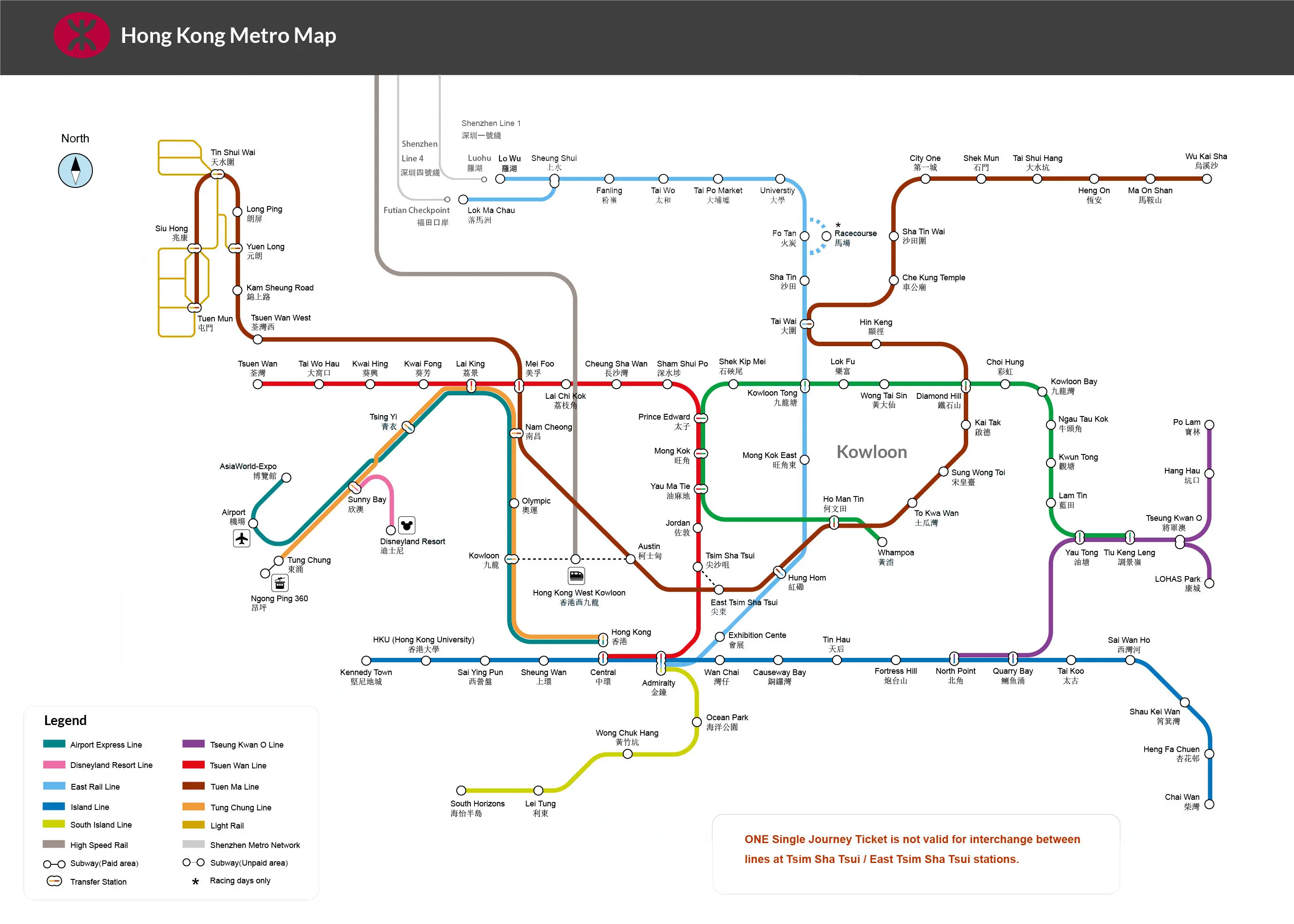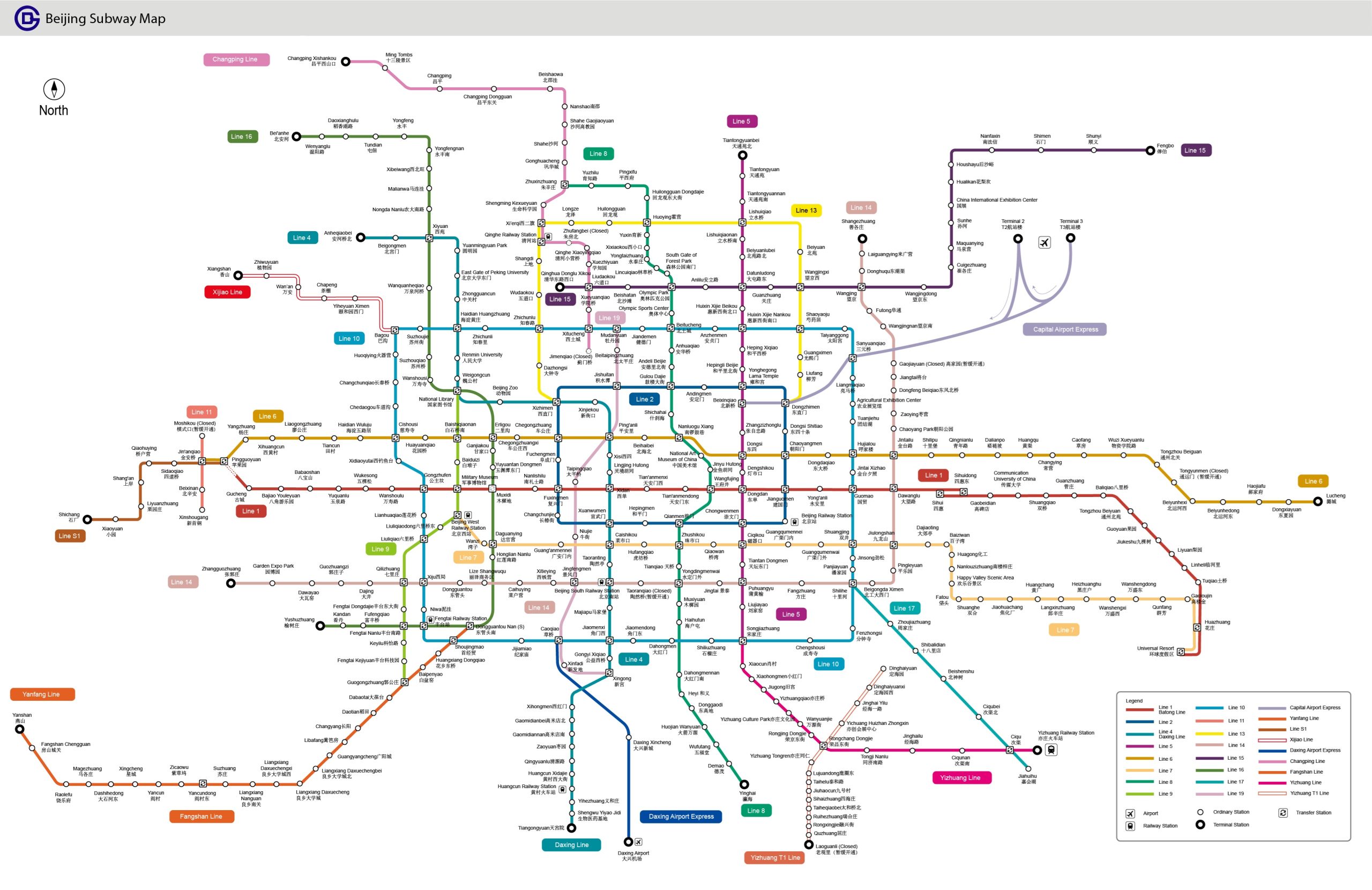Longmen Grottoes, one of the treasures of stone carving art
The Longmen Grottoes, one of the treasures of Chinese stone carving art, are located on both sides of the Yi River in the southern suburbs of Luoyang City, Henan Province. The following is a brief introduction to the Longmen Grottoes:

Historical Background: The excavation of Longmen Grottoes began during the reign of Emperor Xiaowen of the Northern Wei Dynasty (493 A.D.), and lasted for about 1,400 years through the Eastern Wei Dynasty, Western Wei Dynasty, Northern Qi Dynasty, Sui Dynasty, Tang Dynasty, Five Dynasties, Song Dynasty and other dynasties until the end of the Qing Dynasty.

Scale and art: there are 2,345 existing caves and niches, more than 110,000 statues, and more than 2,800 inscriptions. Longmen Grottoes is famous for its grand scale, magnificent atmosphere, exquisite carving, and rich subject matter.
Cultural value: the grottoes retain more than 2,800 inscriptions.

Cultural value: the grottoes retain a large number of physical materials in religion, fine arts, architecture, calligraphy, music, clothing, medicine, etc., which are important witnesses to the development and changes in many fields such as politics, economy, religion and culture in ancient China.

Representative attractions: including Fengxian Temple, Guyang Cave, Binyangzhong Cave, Lotus Cave, etc., of which the Rushena Buddha in Fengxian Temple is one of the most famous Buddha statues in Longmen Grottoes.

Calligraphy: Longmen Grottoes is also a treasure house of Chinese calligraphy, with famous calligraphic works such as the “Twenty Pieces of Longmen”, which demonstrate the Wei Bei and Tang Kai styles.
The Longmen Grottoes are also the repository of Chinese calligraphy art.

Tourist Information: The Longmen Grottoes are now a national AAAAA level tourist attraction, offering a wealth of tourist and cultural experiences.
.
Longmen Grottoes is not only an outstanding representative of Chinese cave art, but also a world cultural heritage, which is of great value to the study of ancient Chinese culture and art.
Power By tripichina.com


